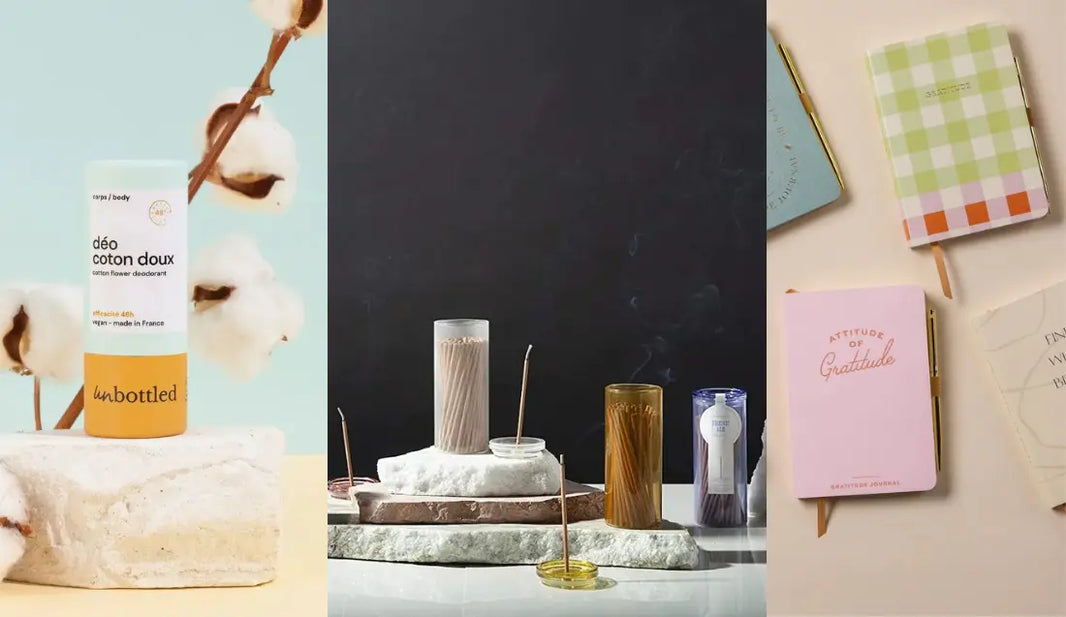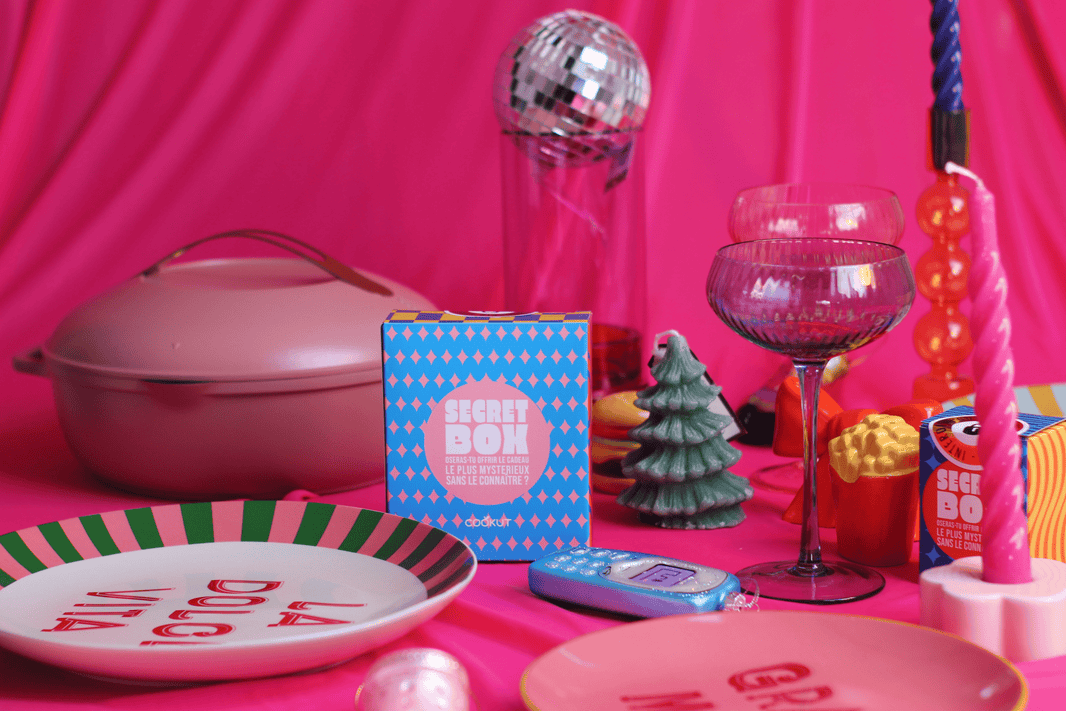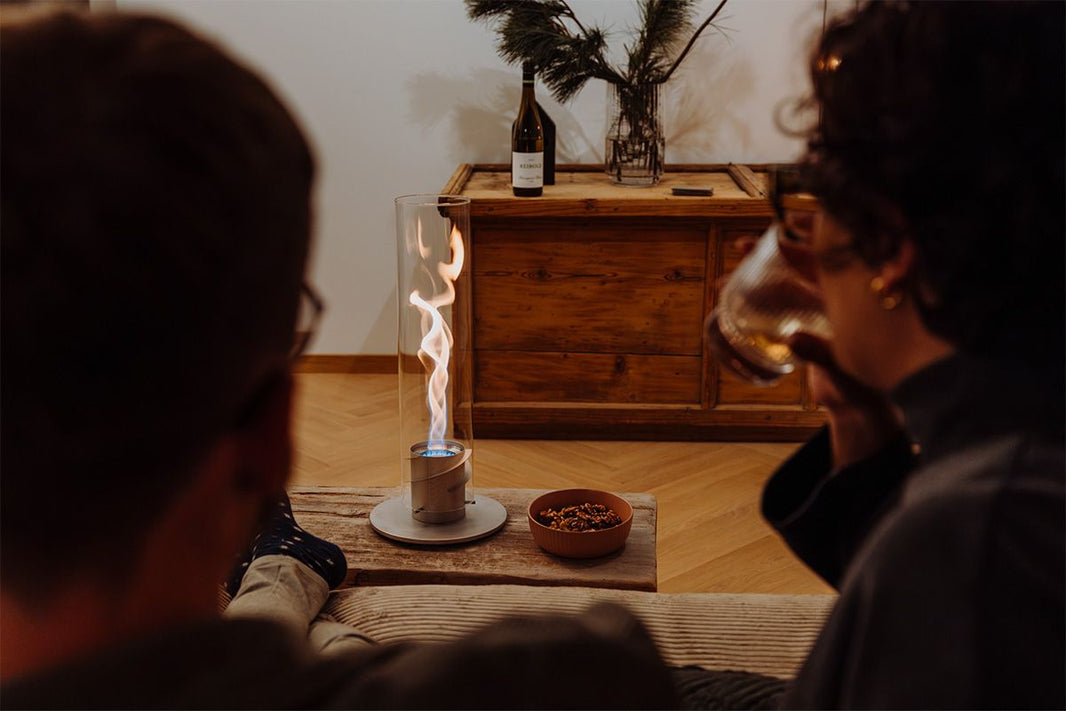Choosing the perfect cocotte for your simmering dishes can be a real headache, especially when you're hesitating between a cast-iron cocotte and one made of cast aluminum. These two materials, although similar in appearance, have distinct characteristics and culinary performance. So which should you choose to make your recipes a success? Find out in this article the essential differences between the traditional cast-iron cocotte and its cast-aluminum counterpart, so you can make an informed choice for your kitchen.

What is cast iron?
First of all, let's take a look at what cast iron is!
Definition: Cast iron is an alloy of iron and carbon, often enriched with other elements such as silicon. Used for centuries in the manufacture of cookware (among other things), it is particularly appreciated for its unique properties.
Would you like to cook everything in a practical, lightweight cocotte? Discover the Incroyable Cocotte from Cookut.
What are the advantages of cast-iron cocottes?
- Excellent heat retention: cast iron retains heat very efficiently. This means that cast-iron casseroles heat evenly and maintain a stable temperature, ideal for slow cooking and simmering.
- Even heat distribution: thanks to its density, cast iron ensures even heat distribution across the entire cooking surface, avoiding hot spots and guaranteeing even cooking of food.
- Durability and sturdiness: cast-iron utensils are extremely resistant and can last for decades, even generations, if properly cared for. They can also withstand very high temperatures, making them suitable for use both on the stove and in the oven.
- Improvement over time: with proper care, the surface of unglazed cast-iron casseroles develops a natural patina that enhances their non-stick properties, making cooking easier and reducing the need to add grease.
What is enamelled cast iron?
Enameled cast iron is traditional cast iron that has been coated with enamel, a glazed material that is applied and fired at high temperature to form a hard, smooth surface. This combination gives enamelled cast-iron cookware several advantageous properties, including protection against rust, ease of maintenance and non-stick properties.

Cocottes have been popular kitchen utensils for centuries.
The disadvantages of cast iron when used in the design of saucepans and casseroles
Although cast iron has many advantages when used to make saucepans and casseroles, it also has a few disadvantages that may influence your choice of cookware. Here are the main disadvantages of cast iron:
- Weight: cast iron is a heavy material, which can make cast-iron pots and pans difficult to handle, especially when full of food. This can be a disadvantage for people with strength or mobility problems.
- Maintenance: unglazed cast-iron casseroles require special care to prevent rusting. They must be dried thoroughly after washing and oiled regularly to maintain the non-stick surface and prevent oxidation. This maintenance can be restrictive for some users.
- Heating time: cast iron takes longer to heat up than other materials such as aluminum or stainless steel. This can lengthen preparation time, which can be a disadvantage if you're in a hurry.
- Reactivity with certain foods: unglazed cast-iron casseroles can react with highly acidic foods, such as tomatoes or citrus fruits, affecting both the taste of the food and the surface of the casserole. This reactivity can limit the types of dishes you can prepare.
- Fragile enamel coating: enamelled cast-iron casseroles offer a solution to some of the disadvantages of raw cast-iron, but the enamel can chip or crack over time or in the event of severe thermal shock. Once damaged, the enamel coating can become less effective and more difficult to use.
- Price: cast-iron utensils, especially those of high quality or well-known brands, can be quite expensive. This can represent a significant investment compared with other types of saucepans and casseroles.
Despite these disadvantages, many cooks consider that cast iron's advantages, notably its durability and excellent cooking performance, far outweigh its drawbacks. However, it's important to consider these aspects before making a purchase, to ensure that cast iron suits your cooking needs and habits.
 Cast-iron cocottes are popular utensils, but can lack practicality due to their weight.
Cast-iron cocottes are popular utensils, but can lack practicality due to their weight.
Would you like to cook everything in a lightweight, practical cocotte? Discover the Incroyable Cocotte from Cookut.
What are the advantages of cast aluminum casseroles?
The first thing to know is that, unlike traditional cast iron, which is an alloy of iron and carbon, cast aluminum is essentially an aluminum alloy, which gives it several distinct characteristics.
What's misleading is that aluminum cast iron is not, strictly speaking, cast iron. In this case, the term cast iron is used, because in metallurgy the term cast iron is used to designate cast alloys.
Casseroles made from cast aluminum offer several advantages over traditional cast-iron and other materials.
Here are the main advantages:
- Lightweight: cast aluminum casseroles are much lighter, making them easier to handle, transport and store.
Their reduced weight is particularly advantageous for people who have difficulty lifting heavy objects, or for those who prefer easier handling in the kitchen. - Fast, even heating: aluminum is an excellent conductor of heat, enabling cast aluminum casseroles to heat up quickly and evenly. This ensures even cooking of food.
- Versatility: cast aluminum casseroles can be used on a variety of hobs, including induction, gas and electric, as well as in the oven.
- Adaptability: suitable for a variety of cooking methods, including braising, roasting, baking and more.
- Easy maintenance: aluminum has good natural resistance to corrosion, making it easy to maintain and extending the life of your utensils. What's more, unlike cast iron, it doesn't rust.
- Cost advantage: cast aluminum casseroles are generally less expensive than traditional cast iron, making them more affordable.
They offer a good balance between performance and cost, making them an economical choice for versatile cookware.
In summary, cast aluminum casseroles are preferred to traditional cast iron casseroles for their light weight, high thermal conductivity, versatility and ease of maintenance. They offer a practical, economical alternative for a variety of culinary needs, while retaining good cooking performance and satisfactory short- and medium-term durability.
Say goodbye to old, heavy casseroles with Cookut cast aluminium casseroles
Cookut is renowned for its many useful items, but it's really with its cocotte that the French brand has made its mark. Easy to clean thanks to its non-stick coating, lightweight and aesthetically pleasing, this cocotte will become your essential cooking pot!
Coated with a layer of ceramic, this spacious cocotte is designed not to stick, allowing you to cook with little or no fat.
 Cookut reinvents the concept with its Incroyable Cocotte, a light and practical cocotte.
Cookut reinvents the concept with its Incroyable Cocotte, a light and practical cocotte.
The adaptability of the Incroyable Cocotte makes it perfect for both hob and oven use. So you can cook on any type of hob. Whether you're cooking meat (and whole chickens!), vegetables or fish, this saucepan will be at your service every day.
 To guarantee optimum heating performance and reduced weight, this casserole is made from high-performance aluminum alloy.
To guarantee optimum heating performance and reduced weight, this casserole is made from high-performance aluminum alloy.
Cookut's commitment:
With less material, Cookut is committed to doing better. Cookut designs lightweight products without electronic components. The end result is products and kitchen utensils that last longer and make you want to cook. The company also aims to create objects that are light and practical, which is why it abandons aluminum and cast iron in favor of lighter materials.
The Incroyable Cocotte's strengths compared to the competition:
- Lighter, thanks to its cast aluminum body
- Healthier, thanks to its 100% PFAS-FREE mineral coating in contact with food
- Non-stick, thanks to ceramic coating and easy washability
- More affordable
- Provides even cooking thanks to its thick stainless steel base and spiked lid
- This versatile cocotte is a real stewpot for every occasion.
Want to cook whatever you like with a utensil that's as practical as it is versatile? Discover the Incroyables Cocottes now.

Conclusion
In conclusion, although cast-iron and cast-aluminium cocottes may seem similar at first glance, they do have significant differences that can influence your choice. The traditional cast-iron cocotte excels in durability and the ability to maintain even heat, while the cast-aluminium cocotte stands out for its lightness and speed of heating, making it more practical for everyday use and easy handling! We hope you now have a clearer picture of the warm world of the cocotte. We hope to see you soon!








